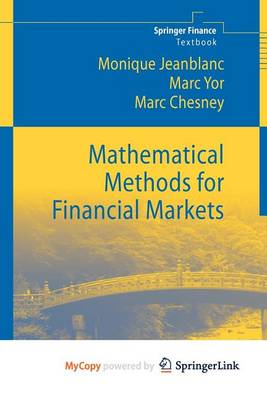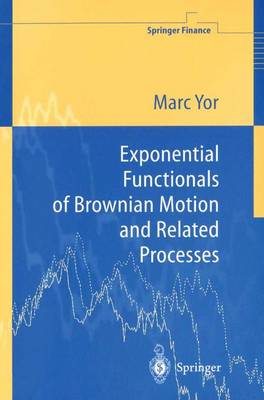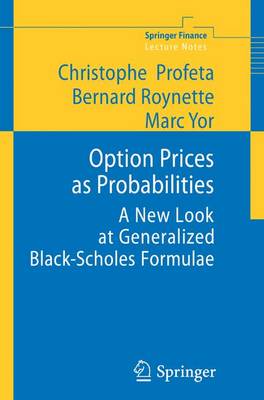Springer Finance
3 total works
Mathematical Methods for Financial Markets
by Monique Jeanblanc, Marc Yor, and Marc Chesney
Mathematical finance has grown into a huge area of research which requires a large number of sophisticated mathematical tools. This book simultaneously introduces the financial methodology and the relevant mathematical tools in a style that is mathematically rigorous and yet accessible to practitioners and mathematicians alike. It interlaces financial concepts such as arbitrage opportunities, admissible strategies, contingent claims, option pricing and default risk with the mathematical theory of Brownian motion, diffusion processes, and Levy processes. The first half of the book is devoted to continuous path processes whereas the second half deals with discontinuous processes.
The extensive bibliography comprises a wealth of important references and the author index enables readers quickly to locate where the reference is cited within the book, making this volume an invaluable tool both for students and for those at the forefront of research and practice.
Exponential Functionals of Brownian Motion and Related Processes
by Marc Yor
This volume collects papers about the laws of geometric Brownian motions and their time-integrals, written by the author and coauthors between 1988 and 1998. Throughout the volume, connections with more recent studies involving exponential functionals of Lévy processes are indicated. Some papers originally published in French are made available in English for the first time.


